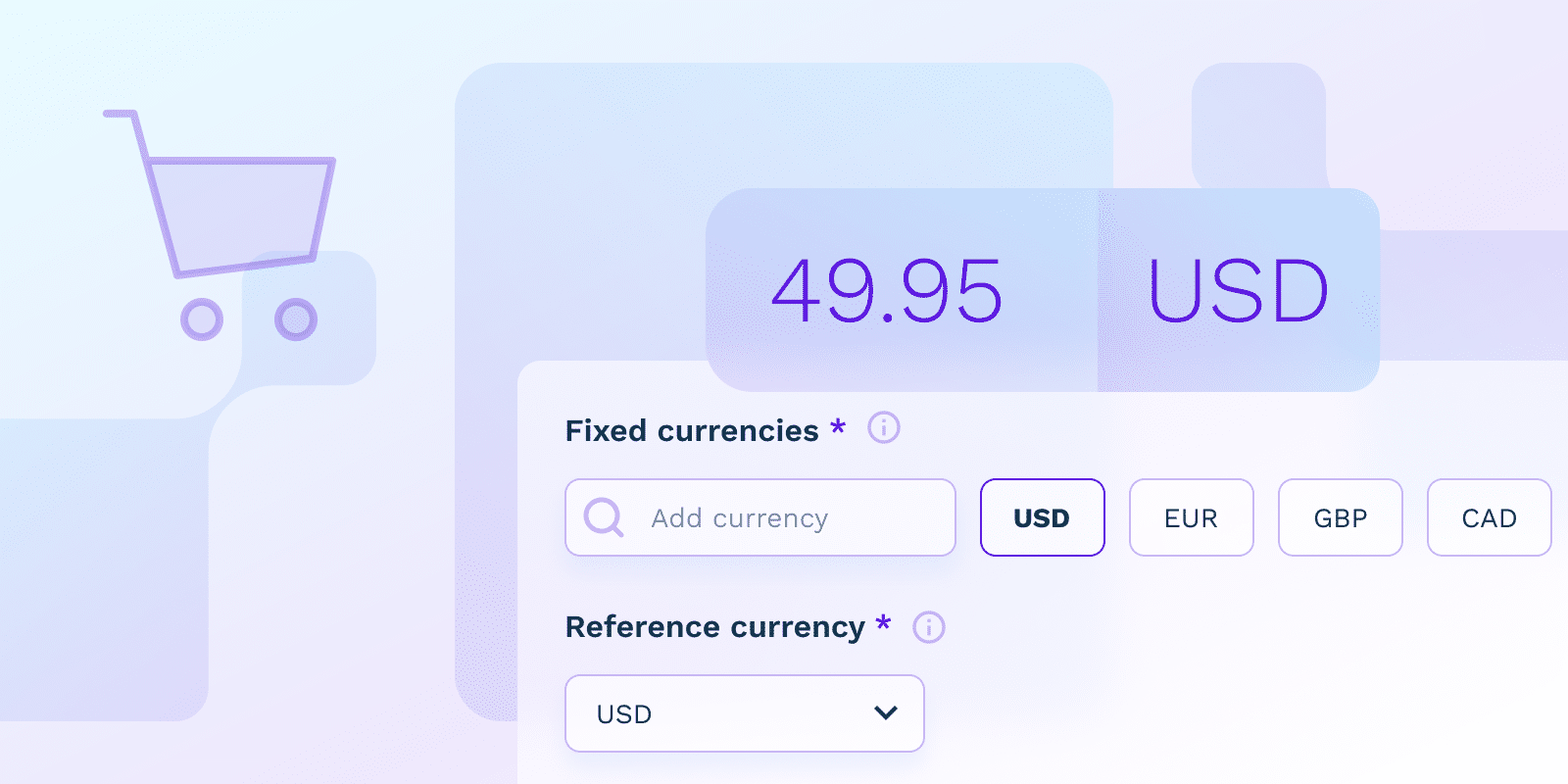Pricing Tactics
What is SaaS Charm Pricing?

What is charm pricing, and how does it work?
Charm pricing is a reliable psychological pricing tactic where businesses set their prices ending in different numbers, most often using the digit 9 (for example, $19.99, $49.95).
This strategy capitalizes on the consumer’s tendency to concentrate on the leftmost number, leading to a lower price perception.
How can I effectively implement charm pricing in my SaaS pricing strategy?
When looking to implement the charm pricing strategy for your own SaaS product, there are three aspects that ought to be considered.
First of all, it would be wise to run several A/B tests between your current prices and variations ending in the number 9. This will tell you the potential impact of the harm pricing approach on your conversion rates.
Furthermore, continue your experiments and test several price variations to identify the appropriate price tag for your SaaS product.
Lastly, you need to consider the nature of your market. Keep in mind that the charm pricing approach functions in price-sensitive industries. Check if your market is part of this category.
What are the potential benefits and drawbacks of using charm pricing for SaaS products?
Like all pricing approaches and methods, charm pricing has its own set of pros and cons.
To begin with, charm pricing can impact your sales and conversion rates.
Also, charm pricing can create a perception of value and control resources. And this pricing tactic can be incorporated into a company’s approach.
However, it can influence brand reputation. This is actually why luxury and premium brands tend to avoid using charm pricing.
In what situations is charm pricing particularly effective for SaaS products?
When considering the pricing options for your SaaS products, you need to remember that this decision is influenced by different factors.
The market you are part of is one of them. Charm pricing is a suitable approach for industries where customers consider price tags and look to make budget-appropriate decisions when it comes to their software investments.
Also, when launching a SaaS product into a new market, the charm pricing strategy can be used for starting packages.
Your competition should be analyzed in the process to determine if round prices are employed to create product prices.
How does charm pricing differ from other pricing tactics like anchoring or odd-even pricing?
Anchoring pricing is a monetization tactic in which a high initial price is used to frame subsequent prices as more reasonable. Charm pricing, on the other hand, uses left-digit bias as the major perception trigger.
Odd-even pricing refers to comparing prices ending in even numbers to those ending in odd numbers. Charm pricing focuses on odd numbers, specifically those containing the digit 9.
| Pricing Tactic | Key Mechanism | Psychological Trigger | Typical Usage |
|---|---|---|---|
| Pricing Strategy Comparison | |||
| Charm Pricing | Prices ending in 9 | Left-digit bias | Price-sensitive markets, entry-level offerings |
| Anchoring Pricing | High initial price as reference | Perception of relative value | Positioning premium and mid-tier options |
| Odd-Even Pricing | Comparing prices ending in odd/even numbers | Subtle price perception differences | Market testing, subtle pricing strategies |
| Tactical Considerations | |||
| Brand Impact | Varies by tactic | Can affect perceived brand value | Depends on target market and brand positioning |
| Experimental Approach | A/B testing recommended | Validate effectiveness for specific market | Continuous pricing strategy refinement |
Charm pricing can be combined with different tactics. For example, you can mix charm with anchor pricing and use the 9-digit framing on your middle tier to promote it.
Conclusion
While simple, charm pricing can have a significant impact on your pricing strategy. However, it’s important to understand your target audience and assess the market you are part of to decide whether this tactic is an appropriate option.